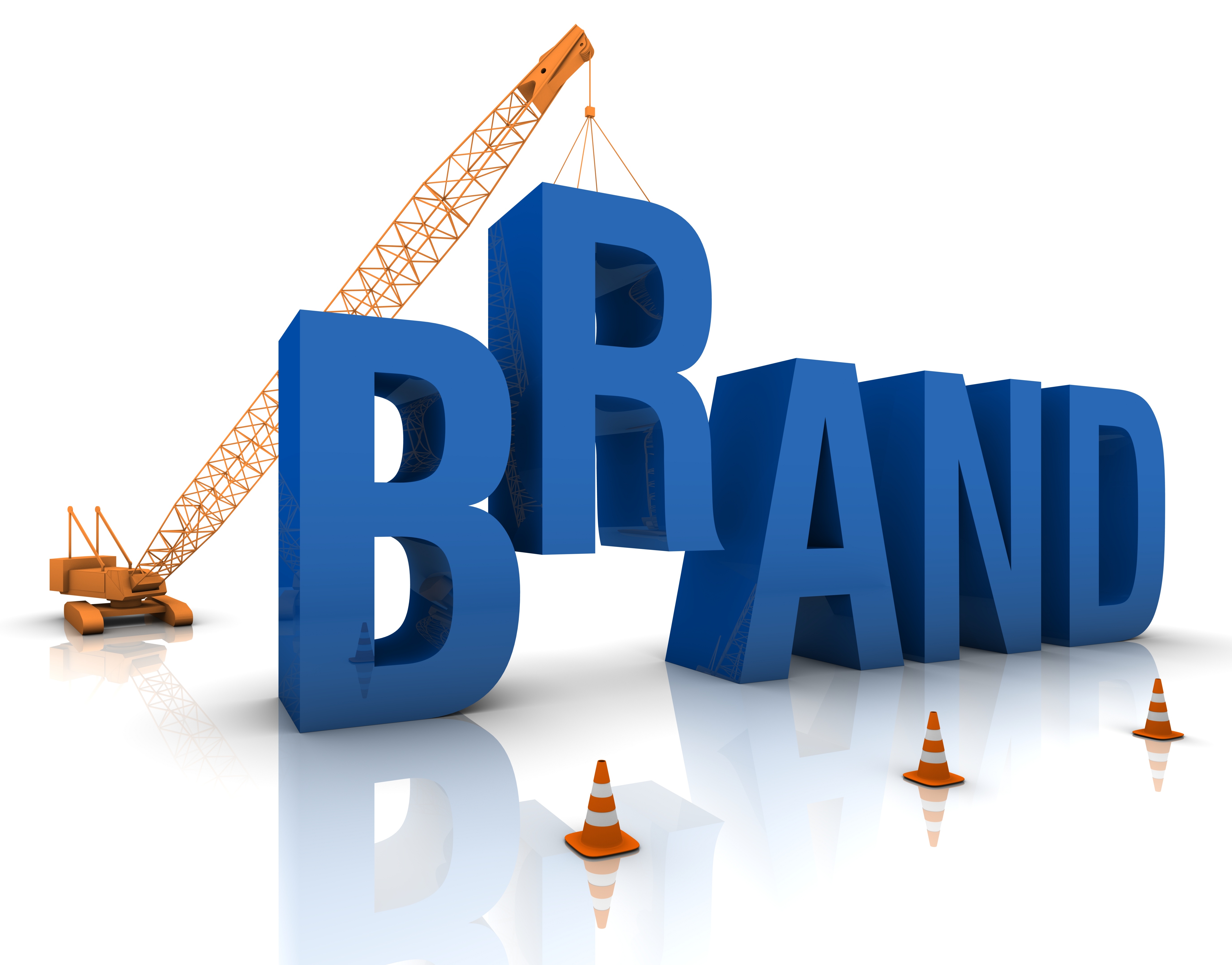by guest blogger George Drucker
When it comes to brand public relations campaigns, consistent and compelling messaging can mean the difference between a successful PR campaign and an “also-ran.”
You have to make noise to be heard above the clutter. But that noise, in essence, your messaging, must be carefully, thoughtfully and creatively crafted so the end result is distinctive and unique to the brand.
So, how does a brand public relations team accomplish this? Here are five tips to consider:
Audit the brand for its best, most saleable points. Look at those aspects of its history or identity that help tell the brand’s story, and then get it into the most powerful words. Create “proof points” that demonstrate why your brand messages are true and authentic.
Be inclusive. I’ve had success hosting an ideation session to vet the best and most effective (i.e., memorable) brand messages. Consider every possible point of difference for every audience that’s relevant to the brand. Pay special attention to those areas where you can “plant the flag,” or offer an ownable selling proposition.
Filter. You then need to winnow down the great from the good from the bad, while still meeting the needs of every potential target. Ultimately cull down to the three or four points that best paint a clear, compelling and consistent picture of the brand.
Screen for the “4 C’s” to ensure that messages are effective. Vet each message point for the following: Is each clear and concise? Is the wording and imagery distinctive? Do the messages collectively convey a picture of and for the brand? Are the messages compelling? Can the points be used consistently across all platforms and with all audiences?
(Don’t) get comfortable. Throw out old brand associations and start fresh. Look at other communications across a wide spectrum – old media, digital media, memes, and blogs etc. and use great imagery and clever verbiage to help get the juices flowing.
Take the time to do it right and get the most out of your brand PR messaging.





